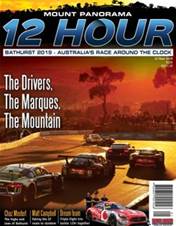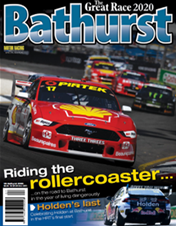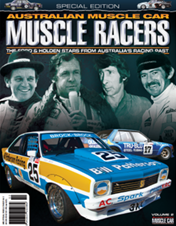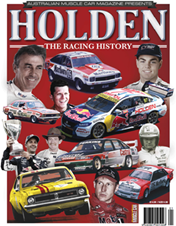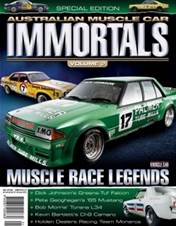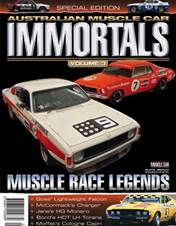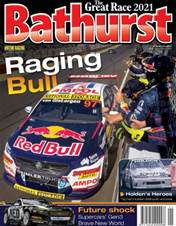It’s fair to say Longford, a 20-minute drive south of Launceston’s CBD, was an anomaly. It was the only temporary circuit on the Australian leg of the Tasman Series between 1964 and ‘68.
The fact that many of grand prix racing’s stars competed in rural Tassie on a primitive layout ensures Longford holds a special place in our sport’s history. It was nothing like the permanent metropolitan facilities the greats visited on the same trip, Warwick Farm and Sandown.
Part of its appeal was being a throwback to the earliest days of motor racing. Longford was quaint and quirky. Speeds were high and so was the danger factor.
Imagine the fallout today if four people were killed in three separate accidents at one race meeting – as happened at Longford in 1965.

The purpose of this story is not to paint the temporary Tasmanian circuit as a deathtrap, but to celebrate an almost implausible chapter of motor racing history. This was a time when the world’s best drivers in, mostly, pukka F1 machinery of the day, made a late summer trip to a far-flung part of the planet.
Longford was also the scene of some intense touring car battles. In its last few years the long stretches favoured the V8-engined Ford Mustangs, much to the frustration of drivers in smaller capacity cars who made up the bulk of the grid.
The Tassie hamlet’s roads also serve to highlight how racing has turned full circle. Contrary to popular belief, street races aren’t a modern phenomenon. It’s just that concrete blocks have replaced haybales and wire fences.

History 101
The Tasmanian Motorcycle Club got the ball rolling on racing in Longford in 1953, with club president Martin Coombe the prime mover in convincing the local authorities to close the roads. Aiding his cause was a long history of sprints for cars and bikes on a section of road known as the ‘flying mile’ and motorised competition on Longford’s horse racing track.
Coombe invited the car racing fraternity to join the fun for the first meeting, with the main event held on the Labour Day public holiday Monday. This would become a tradition, with Sunday serving as a lay day. This of course was an era when Sunday was a day of rest after going to church.
That first weekend was mostly for Apple Islanders; nevertheless, it showed enough potential for the Longford Motor Racing Association, which included local landholders and businesses owners, to be formed ahead of the 1955 meeting.
It’s a tad sad that the blokes on spokes were marginalised as the event grew in stature during the late 1950s.
When CAMS granted Longford a Gold Star round for 1958 it proved a dress rehearsal for the Australian Grand Prix coming to town the following year. That 1959 AGP was won by Stan Jones and his Maserati 250F.
The stature of the big annual March meeting grew year-on-year, illustrated by the fact that the State Government funded road works projects in the early 1960s, including hotmix resurfacing and track widening.
By this time it was the fastest circuit in Australia. As a rough triangle of public roads with long, long stretches of full-throttle running, speeds were enormous. Coupled with giant strides in race car technology, the lap record tumbled. For instance, in 1960, Jack Brabham lowered the previous year’s lap record by an incredible 13 seconds. In doing so, his average speed exceeded 100mph.

You have reached an article available exclusively to Premium members.
JOIN FROM AS LITTLE AS $6.66 A MONTH* FOR INSTANT ACCESS.
Already a member? Log in
* Billed annually at $79.90






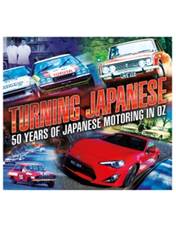
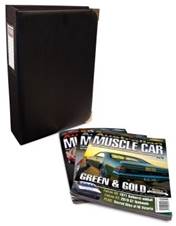


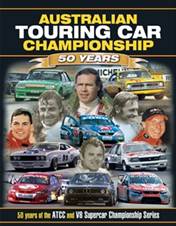

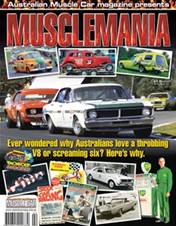
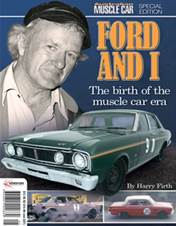
.jpg&q=70&h=226&w=176&c=1&s=1)
